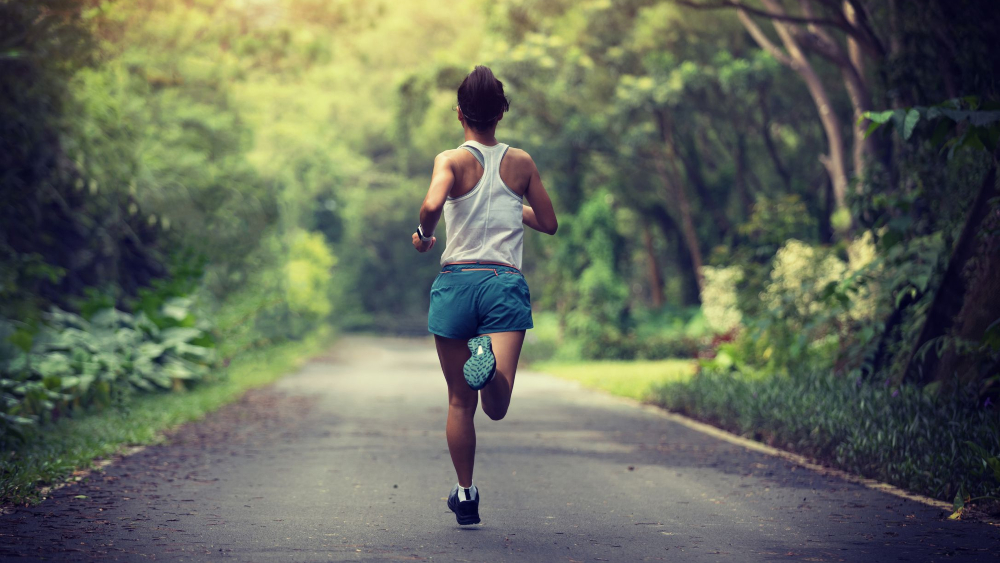If you’re wondering, “What should I wear when running?” Here are the things to consider.
If you’re a newbie at running and are serious about taking it up regularly, there are a few essentials that we suggest to heighten your experience to a pro level. Stick to this list and you’re going to be geared up for your first 5k run in no time.
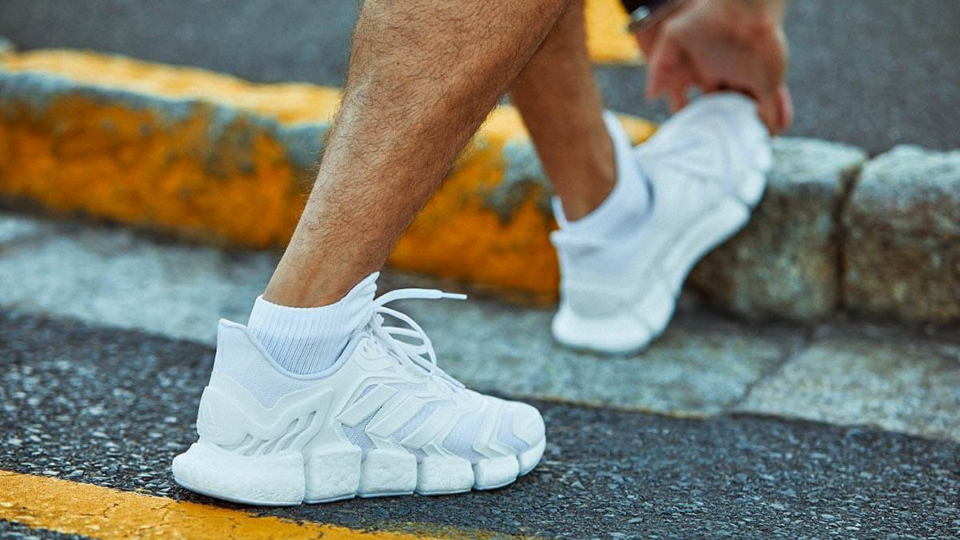
Running Shoes
First up, you’ll need a good pair of running shoes that are the right fit for you. Wearing ill-fitting ones is one of the commonest causes of running injuries. When shopping for running shoes, don’t pick a pair just because you like the brand, style, color, or price. You definitely don’t need to buy the most expensive pair in the store, but investing in a good pair is a smart idea that will help prevent injuries and make for more comfortable runs.
Features to Look Out For
Here are a few things to consider when buying a new pair of running shoes.
- Cushioning vs. lightweight – Shoes that are heavily cushioned are great for new runners—especially those that are heavier. However, cushioned shoes usually weigh more and may feel clunkier during a run. Try lighter weight shoes and cushioned shoes to see what you prefer.
- Reflective surface. If you plan to run in the evening or early in the morning, consider a pair of shoes that include some sort of reflective material. You’ll be seen by drivers and cyclists more easily when you wear them.
- Tread. Think about the surface where you are most likely to run. Will you run on a treadmill? On the road? On trails? On a track? Trail running shoes will have a deeper thicker tread than shoes designed for treadmill, track, and road running.
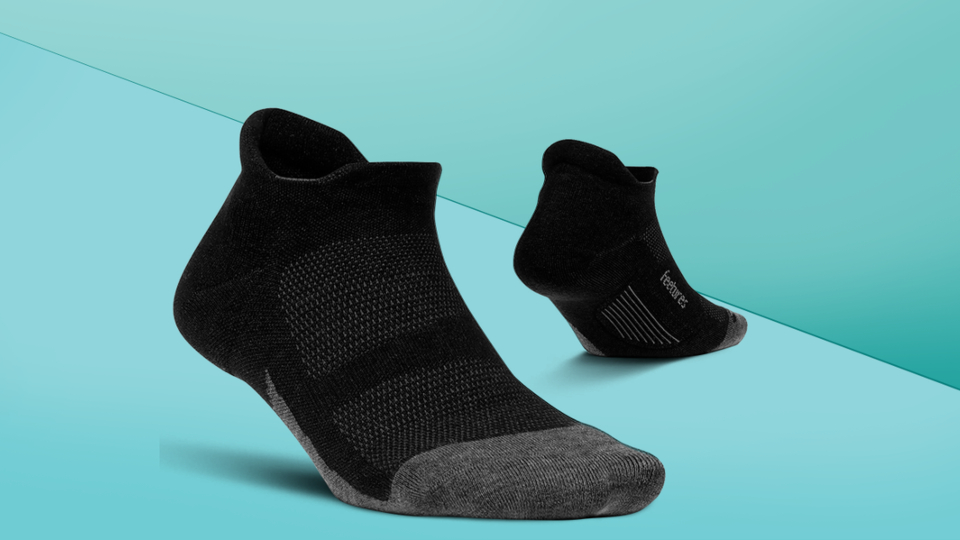
Running-Specific Socks
- It’s a smart idea to avoid wearing 100 per cent cotton socks as a runner. The moisture won’t get wicked away if your feet sweat or if you step in a puddle.
- Instead, wear running socks that are a synthetic blend to help prevent blisters.
- Look for materials such as polyester, acrylic, and CoolMax. For winter running, wool blends like SmartWool are a good choice.
- Some runners even choose to wear double-layer socks for additional blister protection.
- The style of the sock is up to you. Some are cut very low close to the ankle. You’ll find others that are ankle high and there are even some compression socks that extend over the calf.
- Choose the style that works best for you and that works for the weather. Many runners choose lower socks in the summer and higher socks in the winter.
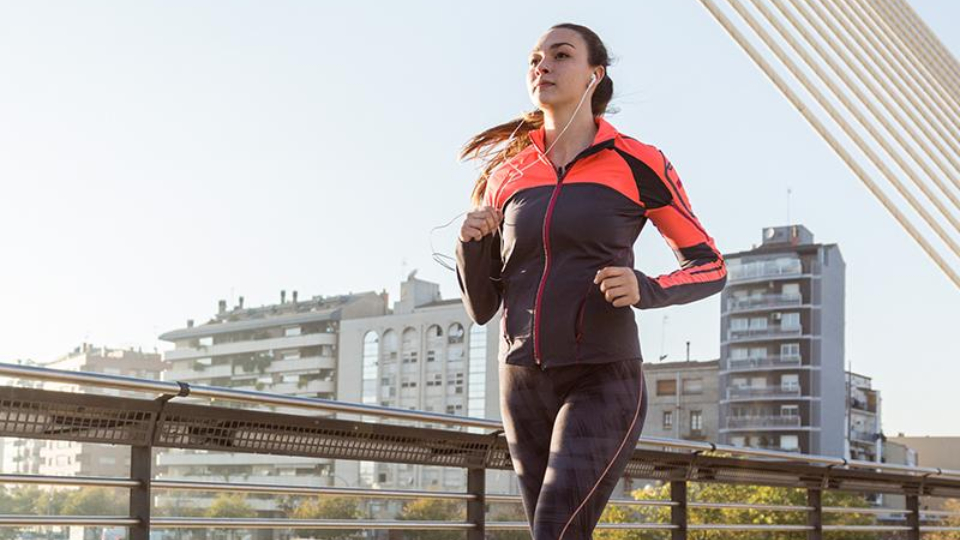
Technical Running Clothes
- Running specific clothes are lightweight and designed to move with your body. Seams are placed in areas to enhance movement and where they are less likely to chafe.
- Also, many running-specific clothes are reflective so that you stay safe when running in the dark.
- Running gear is usually made from fabrics including high tech versions of nylon, wool, or polyester.
- During the cold months, running, running in technical fabrics will help keep you dry and warm.
- On hot weather runs, they will wick the sweat away from your body and help prevent chafing.
- Technical fabrics also hold up a lot better through use and washing cycles than workout clothes made of cotton. Both cold and warm weather gear may incorporate vents to increase breathability.
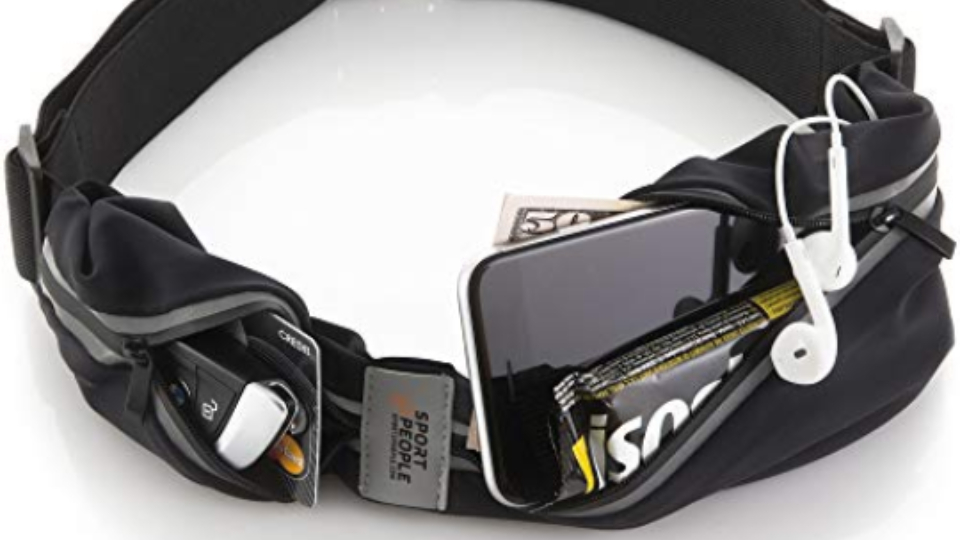
Running Belt
Keep your hands-free on the run by adding a running belt. There are plenty of sleek options for your ID, money, and keys, or roomier belts to hold larger items. Carrying your ID (or wearing an ID tag on your shoe) and having some extra cash on you is a good practice in outdoor running safety.
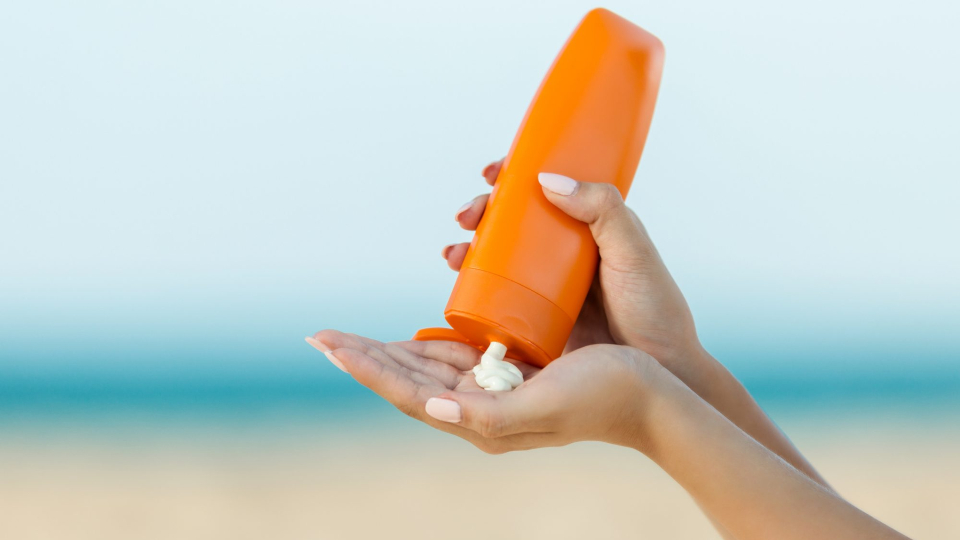
Sun Protection
Runners spend a lot of time outdoors in the sun, so don’t forget to protect your skin from sun exposure. Here’s how:
- Use a waterproof sunscreen that has an SPF of at least 30 and offers broad-spectrum protection, which means it protects against both UVA and UVB rays. Stick formulations are especially good for your face because the sunscreen won’t run into your eyes.
- Add a visor or hat that will give your face extra protection. They also help absorb sweat, so the sunscreen doesn’t run into your eyes. You’ll be especially glad you have a hat if you get caught running in the rain.
- Invest in a good pair of UV-blocking running sunglasses to protect your eyes from the sun’s damaging rays.
